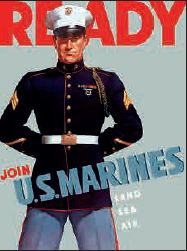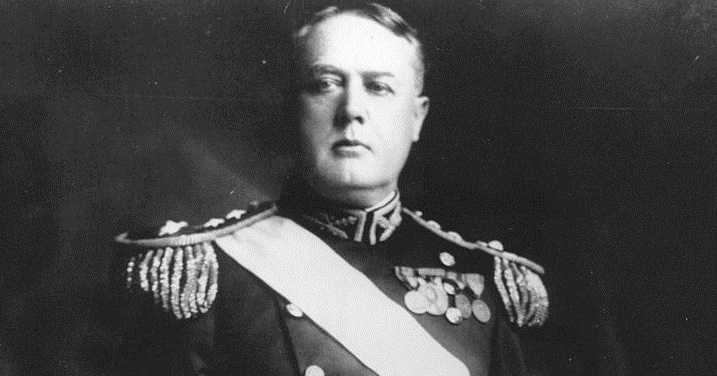Michael E. Haskew
Marine Corps Recruit Training
Marine Corps recruit training was formally established in 1911 under Major General William P. Biddle, Commandant of the Marine Corps. Biddle mandated two months of training for recruits at four original depots— Philadelphia; Norfolk, Virginia; Puget Sound, Washington; and Mare Island, California. A year later, Mare Island became the lone West Coast recruit depot, and in 1915 the East Coast recruit depot was relocated to Parris Island, South Carolina.

During World War II, nearly 500,000 Marine recruits were trained stateside. Each received seven to eight weeks of training following an experiment that had shortened the period to a single month, which proved wholly inadequate. A third recruit depot was established at Montford Point, adjacent to the major Marine base at Camp Lejeune, North Carolina. Montford Point was exclusively for African- American recruits, and 20,000 graduated from the facility. Camp Lejeune and Camp Pendleton, near San Diego, California, were established in 1941 and 1942 during the early months of preparation for World War II. Active Marine units trained at these facilities, and as the strength of the Corps increased during the war years, new units were established and staged for deployment overseas.

As the Marine role expanded in the Pacific, the Corps maintained training facilities on the Hawaiian island of Oahu and at forward bases in Australia and New Zealand. Marine units that had experienced combat were also routinely pulled back to these bases for further training and to assimilate replacements.
Michael E. Haskew is the editor of WWII History Magazine and the former editor of World War II Magazine . He is the author of a number of books, including THE MARINES IN WORLD WAR II. The Sniper at War and Order of Battle. Haskew is also the editor of The World War II Desk Reference with the Eisenhower Center for American Studies. He lives in Hixson, Tennessee.
